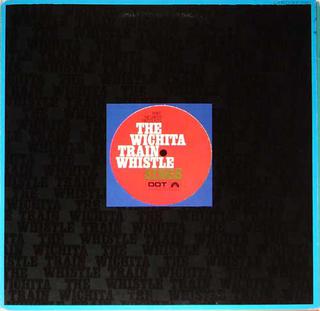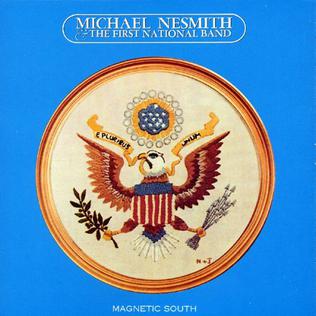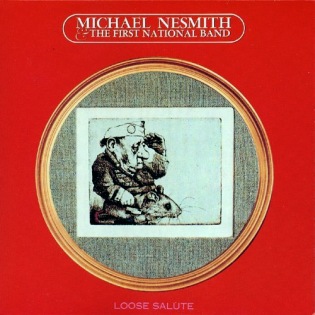As with everything else in the music world, Covid put touring on hold, but since Micky had never been lazy and loved to sing, he decided to do his own spin on the Nilsson Sings Newman album by applying the concept (and cover design) to his buddy’s catalog, and corralled Christian to arrange it all. The resultant Dolenz Sings Nesmith accomplishes its thesis, relying mostly on songs outside the Monkees catalog. Many of those songs were originally released in Nashville country arrangements, which makes the templates fairly straightforward, but even the familiar ones are taken in less obvious manners.
“Carlisle Wheeling” includes everything but the kitchen sink, encompassing the original approach with arty touches. “Different Drum” is very daring, as the first-ever hit version put Linda Ronstadt on the map, but this one is done fairly straight. A deep cut on Instant Replay, “Don’t Wait For Me” is here presented with a simple picked acoustic accompaniment. The more obscure “Keep On” and “Marie’s Theme” are showcases for Christian’s keyboards, but still work. “Nine Times Blue” and “Little Red Rider” were both attempted by Nesmith with the Monkees before getting paired on the first First National Band album; here Micky takes the same approach, singing the former with a piano and rocking up the latter following the built-in key change.
“Tomorrow And Me” takes the tumblin’ tumbleweeds of the original to a more futuristic desert, pushing his voice to the upper limits of his senior range. Unfortunately, we didn’t need another version of “Circle Sky”, especially after it was redone once already, and certainly not with a faux-raga treatment. Similarly, “Tapioca Tundra” appears to be set on Mars, but still encouraging Micky’s vaudeville schtick. Much better is “Propinquity”, demoed by Nez for the first album and turned here into a stomper with an appealing banjo part. “Only Bound” is still spacey, and nicely segues into a snippet of “You Are My One”, a quarter of the length of Nez’s original jazz odyssey and filtered through Brian Wilson.
Nesmith died that December, and a month later Dolenz released Dolenz Sings Nesmith – The EP, containing four more songs from the sessions. The given highlight was “Soul-Writer’s Birthday”, a previously unreleased composition that shares the guitar accents with “Salesman” but otherwise isn’t much. “Some Of Shelly’s Blues” and “Grand Ennui” (the latter a bonus track on the main album’s CD) are taken country, while “The Crippled Lion” becomes a big ballad.
Dolenz Sings Nesmith is ultimately a vanity project, but it does reinforce what an inventive writer Michael Nesmith was, melodically and lyrically. As most of his post-Monkees catalog is slowly becoming available again, the curious would be well rewarded to go back to the sources.
After those were given time to marinate, another project that was about as expected and double take-inducing as Pat Boone covering Ozzy Osbourne or Paul Anka doing “Mr. Brightside”. Dolenz Sings R.E.M. was tackled the same way as the Nesmith album, featuring new arrangements of four songs mostly performed by Christian. With “Shiny Happy People” the performers actually managed to make one of the shortest shelf-life R.E.M. songs into a thing of beauty. The waltz intro and interludes are retained, and Micky’s sister Coco gets to sing the Kate Pierson part. “Radio Free Europe” and “Man In The Moon” are perhaps too iconic to be re-interpreted, but “Leaving New York” is positively gorgeous. The R.E.M. boys loved it; perhaps this could be fleshed out into a full-length.
Micky Dolenz Dolenz Sings Nesmith (2021)—3
Micky Dolenz Dolenz Sings Nesmith – The EP (2022)—3
Micky Dolenz
Dolenz Sings R.E.M. (2023)—3
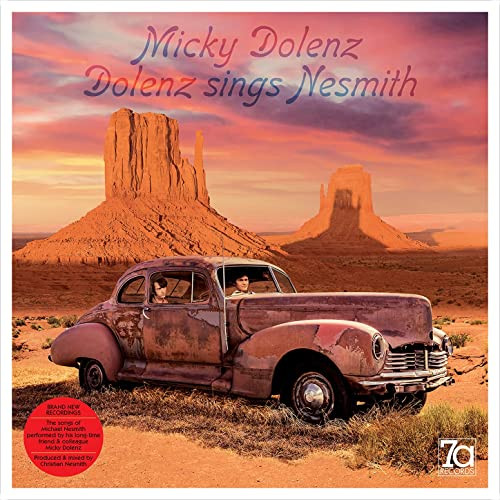
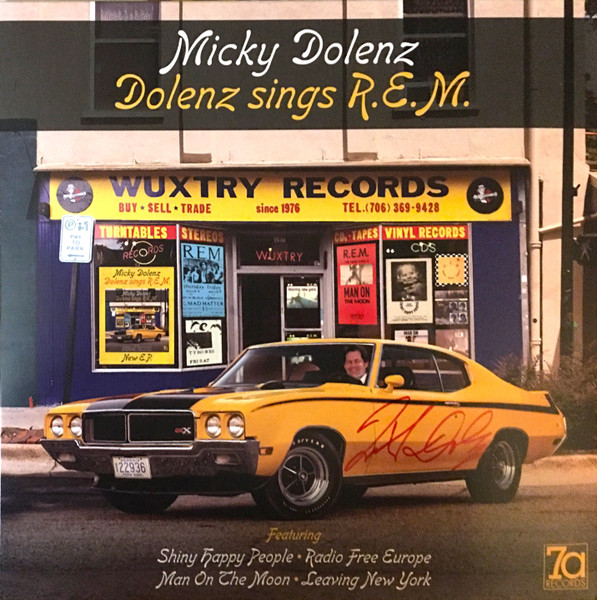
:format(jpeg):mode_rgb():quality(90)/discogs-images/R-15084034-1586882535-4824.jpeg.jpg)
:format(jpeg):mode_rgb():quality(90)/discogs-images/R-12653077-1539390952-4702.jpeg.jpg)
_(Front_Cover).jpg)
